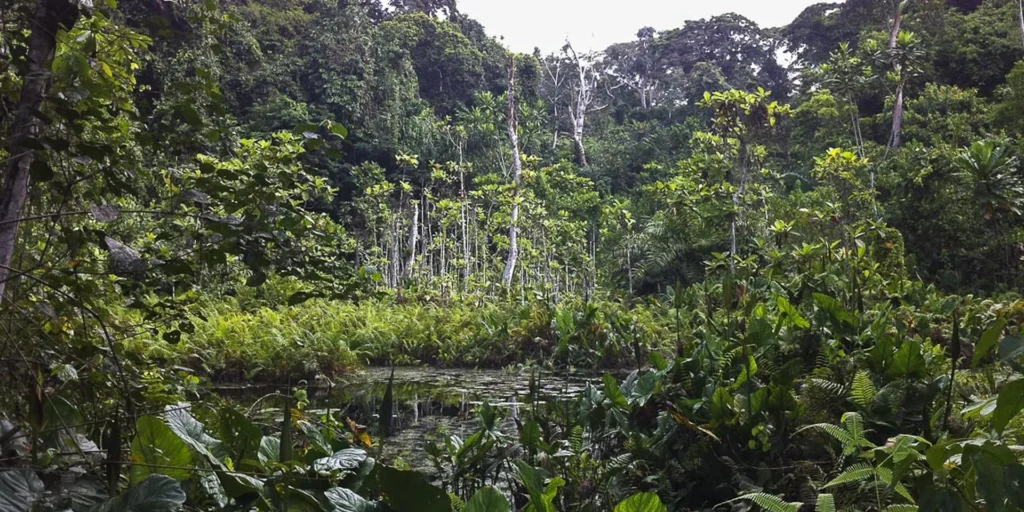
Ankasa Conservation Area – Jomoro District, Western Region, Ghana
Ankasa Conservation Area, located near the border with Côte d’Ivoire, is Ghana’s most biologically diverse rainforest reserve. Covering over 500 square kilometers, it’s made up of the Nini-Suhien National Park and the Ankasa Resource Reserve. This lush forest is home to elephants, bongo antelopes, chimpanzees, forest buffaloes, and hundreds of bird and butterfly species. With its pristine rivers, waterfalls, and dense vegetation, Ankasa is often called “Ghana’s Amazon.”
Quick Facts
Location: Jomoro District, Western Region, Ghana.
Distance from Accra: About 420 km (~7–8 hours by car).
Area: 509 sq. km (combined Ankasa Reserve + Nini-Suhien Park).
Established: Declared a protected area in 1976.
Managed by: Wildlife Division of the Forestry Commission.
Main Features: Dense tropical rainforest, rivers, waterfalls, rare species.
Best Time to Visit: Dry season (November–April).
Highlights & Things To Do
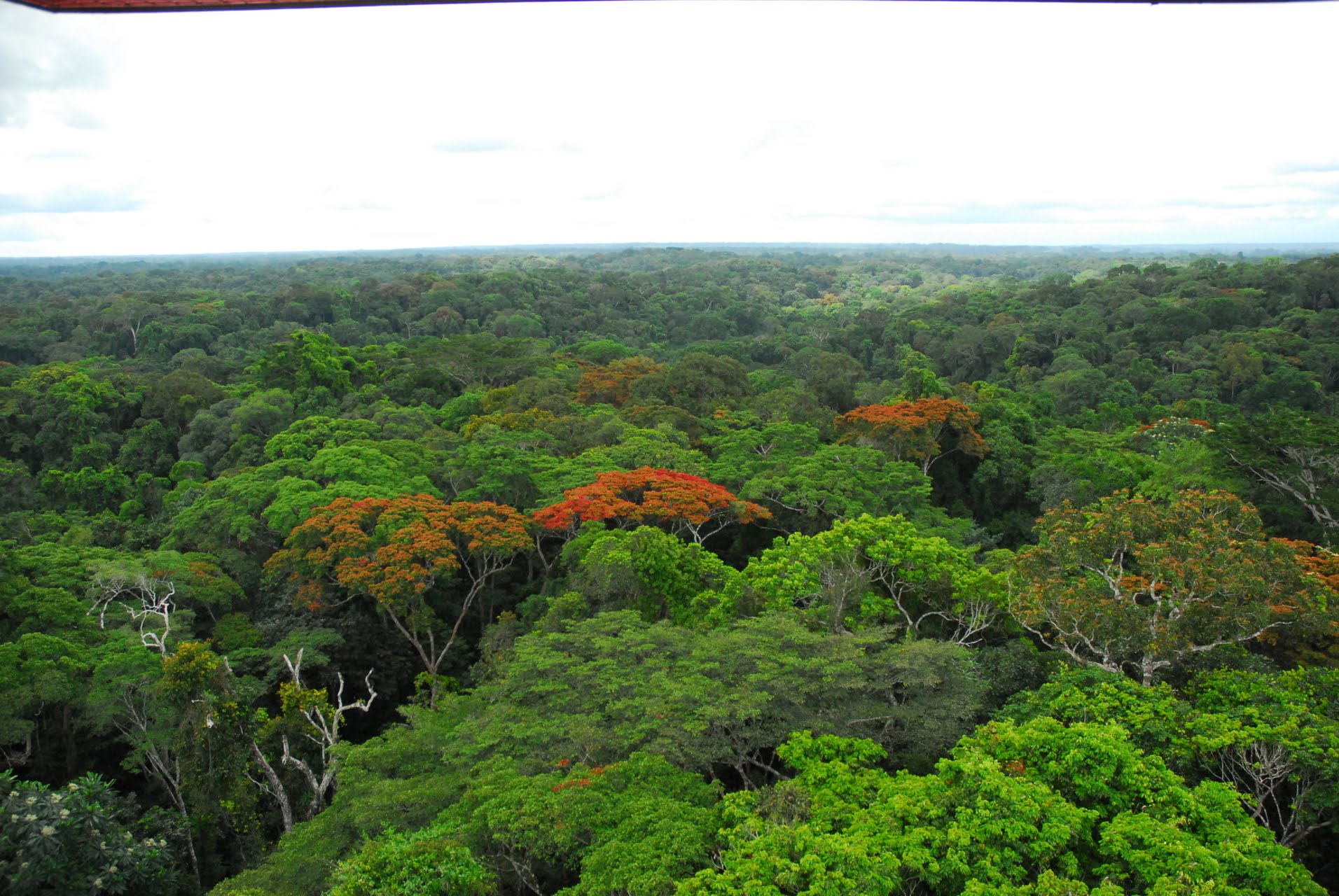
Rainforest Exploration
Walk through the dense tropical forest with towering trees and a symphony of bird calls.
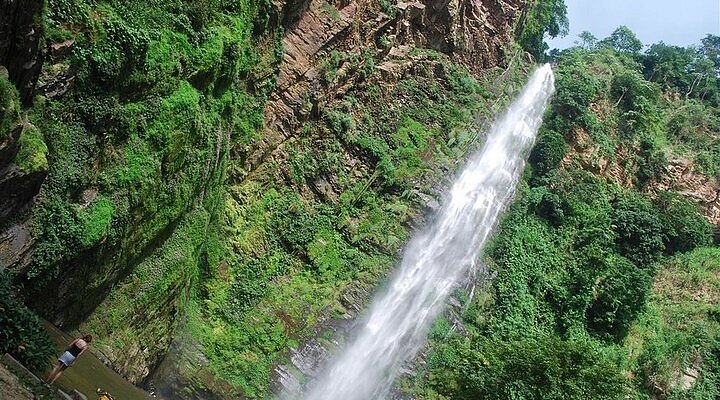
Waterfalls & Rivers
Visit the scenic Ankasa Waterfalls and the clear, winding rivers — Ankasa, Nini, and Suhien — that flow through the reserve.
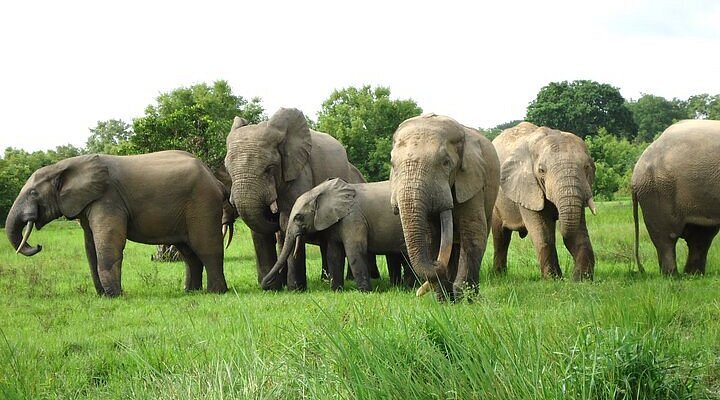
Wildlife Viewing
Spot elephants, forest buffalo, duikers, bongo antelopes, and monkeys in their natural habitat.
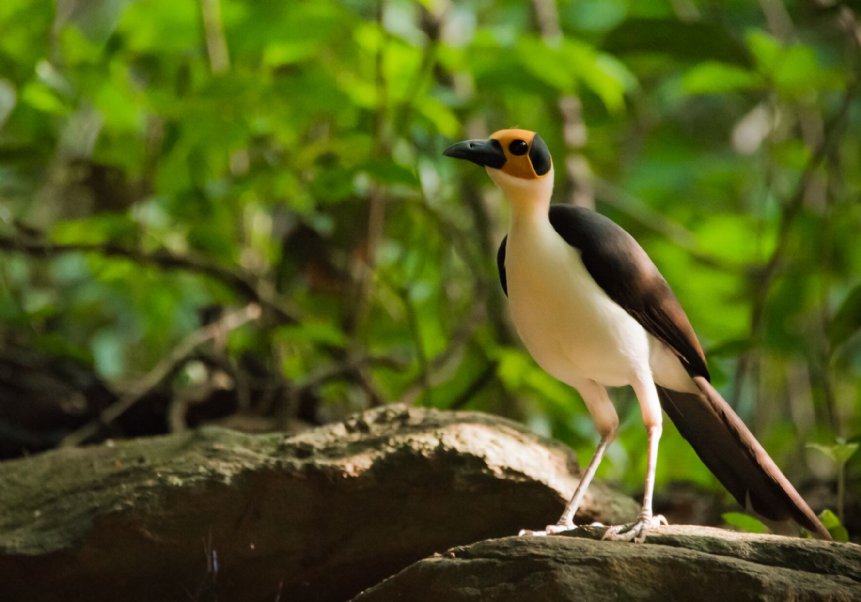
Birdwatching
A paradise for bird lovers, with over 260 bird species, including the white-breasted guinea fowl and hornbills.
Hours, Contact & Essentials
Opening Hours: Daily, 6:00 AM – 5:30 PM.
Entry Fees: Vary for Ghanaians, ECOWAS citizens, and foreigners. Additional fees for vehicles and guides.
Contact: Wildlife Division – Ankasa Park Office, Jomoro District.
Tour Duration: Half-day to multi-day depending on activities.
Getting There
From Accra: 7–8 hours by car via Takoradi and Axim to Elubo road.
From Takoradi: About 3 hours’ drive.
Nearest Town: Elubo (border town with Côte d’Ivoire).
By Public Transport: Buses to Elubo or Beyin, then taxis to the reserve gate.
Travel Tips
Go during dry season — roads are difficult during heavy rains.
Wear hiking boots or sturdy shoes.
Bring insect repellent, rain gear, and plenty of water.
Hire a guide; the forest can be difficult to navigate alone.
Pack binoculars and a camera for birds and wildlife.
Carry snacks — there are few facilities inside the park.
Nearby Attractions
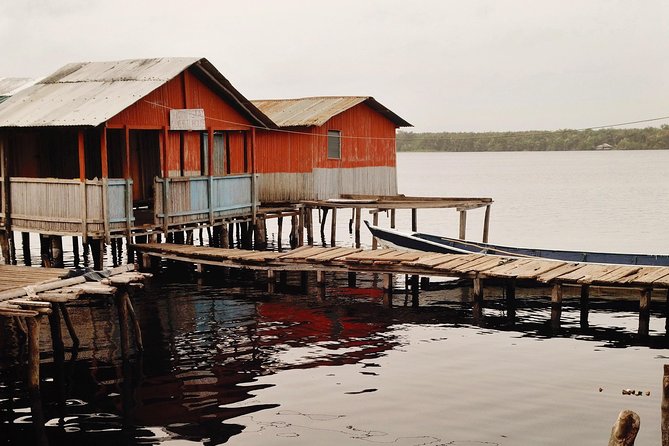
Nzulezo Stilt Village
2–3 hours northeast; stilt village on the Amansuri Lagoon.
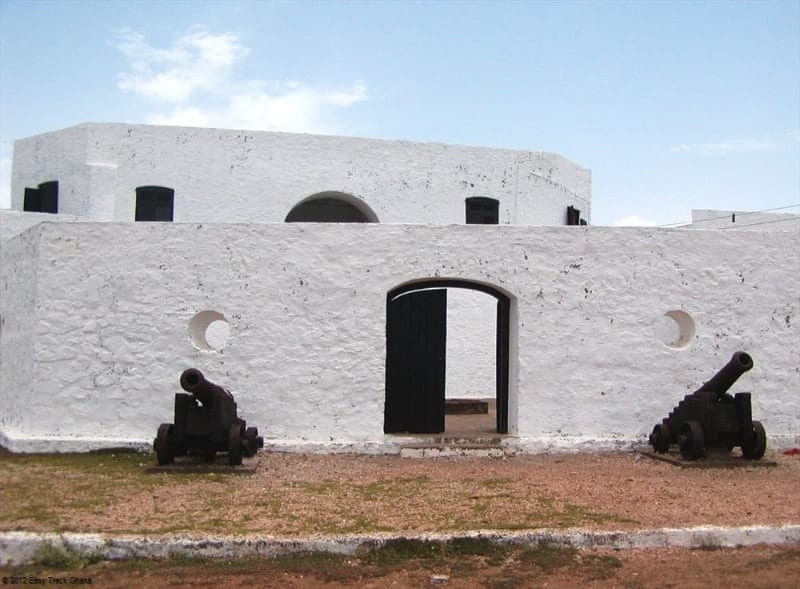
Fort Apollonia (Beyin)
Historic coastal fort near Nzulezo.
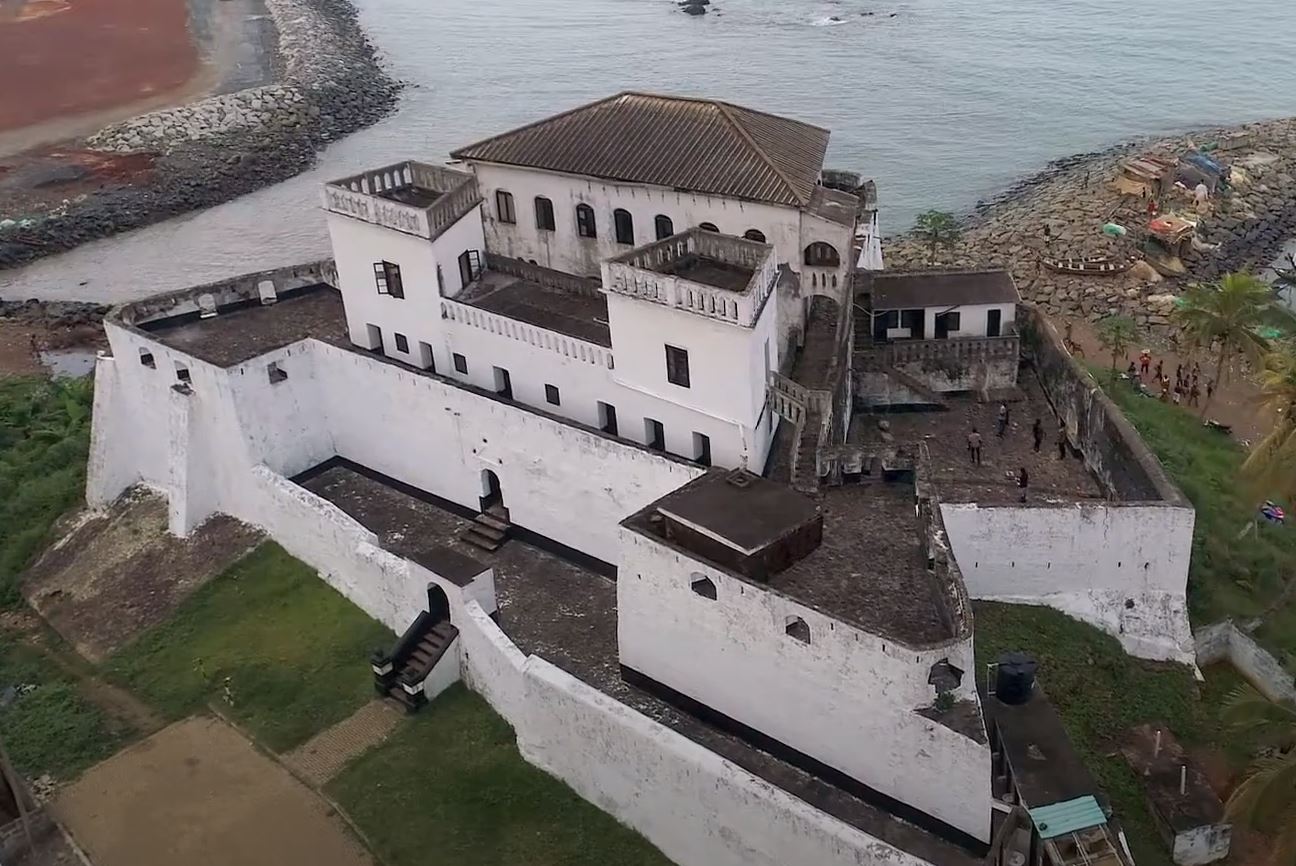
Axim Beach & Fort St. Antonio
Beachfront colonial fort.
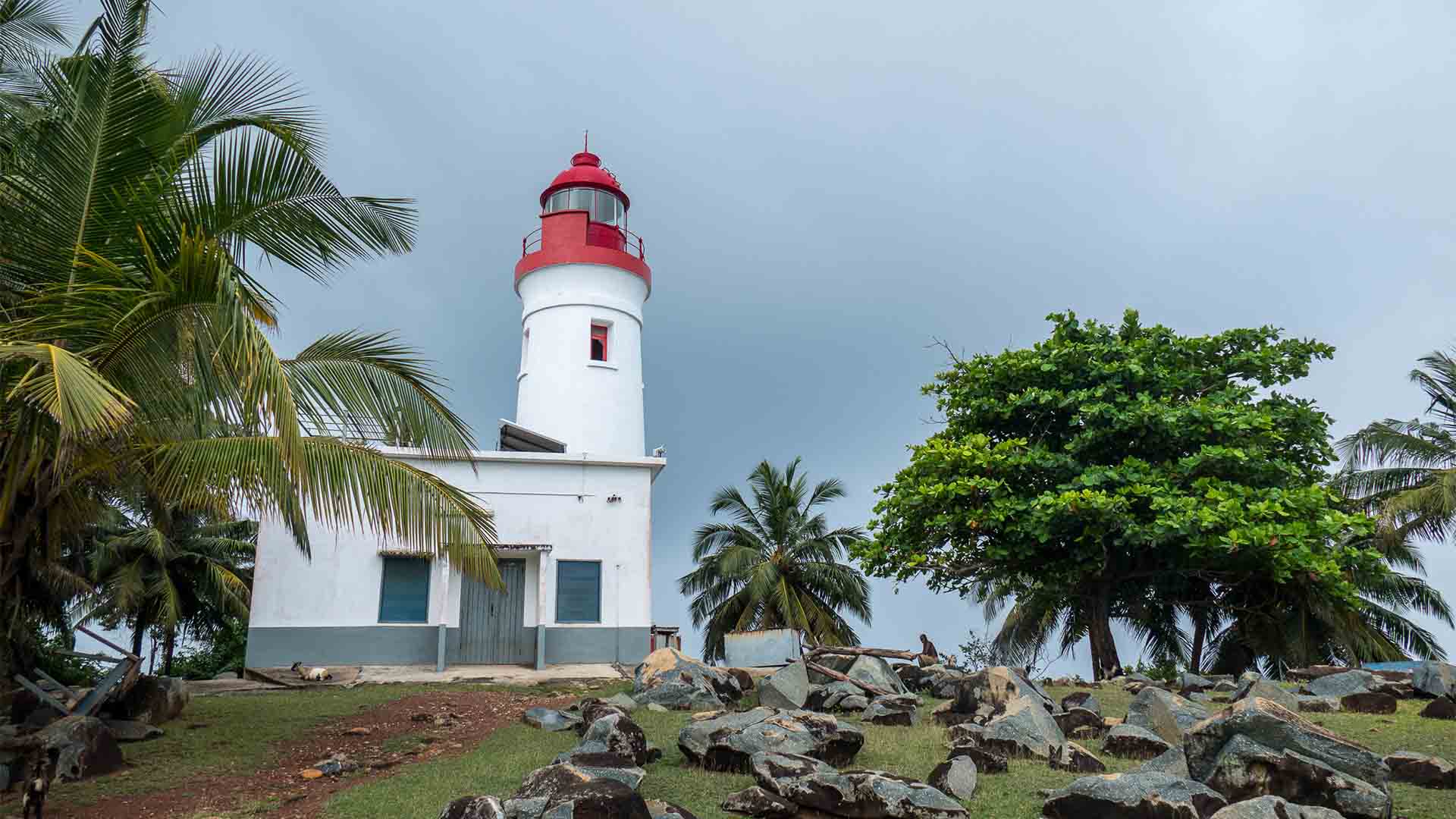
Cape Three Points
Southernmost tip of Ghana.
Nearby Hotels
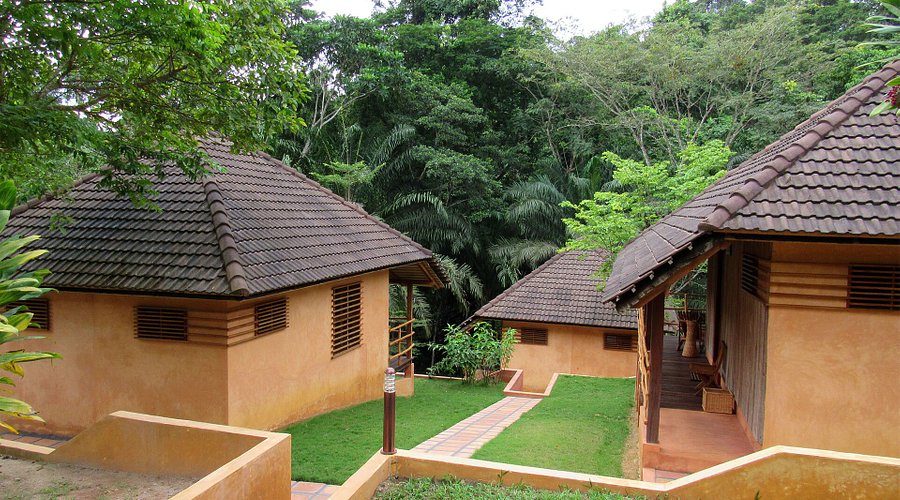
Ankasa Eco-Lodge – Near Park Entrance
(basic eco accommodation).
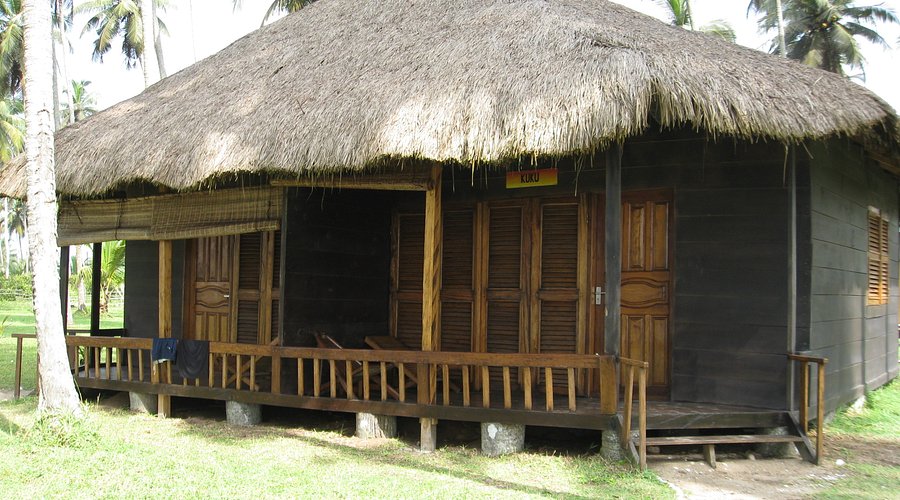
Beyin Beach Resort – Beyin
(closest resort with beach access).

Axim Beach Hotel – Axim
(mid-range, ocean view).
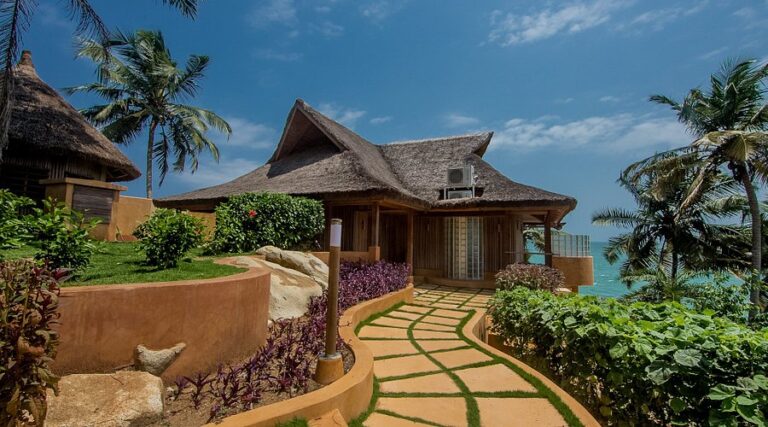
Lou Moon Lodge – Axim
(luxury private peninsula resort).
Frequently Asked Questions – Ankasa Conservation Area
Where is Ankasa Conservation Area located?
It’s located in the Jomoro District of Ghana’s Western Region, near Elubo, close to the Ghana–Côte d’Ivoire border.
How far is Ankasa from Accra?
The reserve is about 420 km (approximately 7–8 hours by car) from Accra, and 3 hours from Takoradi.
What kind of wildlife can I see there?
Elephants, chimpanzees, bongo antelopes, forest buffaloes, bushbucks, monkeys, and over 260 bird species can be found in the park.
Is there a waterfall inside Ankasa?
Yes, the Ankasa Waterfalls are one of the park’s most beautiful features, surrounded by lush rainforest and accessible by hiking trails.
Do I need a guide to explore the park?
Yes, guides are required for forest treks and wildlife viewing. They help you navigate safely and share local knowledge.
When is the best time to visit?
The dry season (November–April) is best for visiting, as roads and trails are more accessible and easier to navigate.
Are there accommodations near the park?
Yes. You can stay at Ankasa Eco-Lodge near the park entrance or nearby resorts like Beyin Beach Resort and Lou Moon Lodge in Axim.
Can I camp inside Ankasa Conservation Area?
Yes, there are designated camping areas near the park headquarters. Visitors should bring their own tents and equipment.
What should I bring for the trip?
Bring hiking boots, insect repellent, sunscreen, rain gear, snacks, water, and binoculars for birdwatching and wildlife spotting.
Are there restaurants or food vendors inside the park?
No, there are no permanent food vendors inside the reserve. Visitors should carry their own food and water.
Is it safe to visit?
Yes, Ankasa is safe for tourists when accompanied by a guide. Avoid hiking alone and follow all park safety rules.
Can researchers or students visit Ankasa?
Yes, Ankasa is open to research and educational groups. Contact the Wildlife Division for permits and arrangements.



